

Riding the Wave of the Booming Baby Products Market
The global baby products industry is experiencing a surge in growth, fueled by shifting demographics and evolving consumer demands. This presentation offers a strategic deep-dive into this dynamic market - exploring its key drivers, emerging trends, and exciting opportunities for investment and innovation.


Market Landscape & Key Segments
The global baby products market was valued at $85.6 Billion USD in 2023 and is projected to reach $130.4 Billion USD by 2030, reflecting a Compound Annual Growth Rate (CAGR) of 6.2% from 2023-2030. 35%
Diapers
Largest segment, projected $45B by 2028.
Baby Food & Formula
• Second largest segment.
• Rising demand for organic and natural options.

FeedingAccessories
Bottles, sterilizers, breast pumps, showing strong CAGR.
Skincare & Toiletries
• Focus on natural, hypoallergenic ingredients.
• Increased demand for sensitive skin products.
Apparel, Toys, Gear
• Growing trends in personalized and smart products.
• Emphasis on safety and developmental benefits.


Key Growth Drivers: Demographic Shifts & Parental Preferences
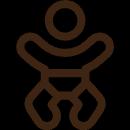
Rising Birth Rates
Significant increases, particularly in emerging economies like India and Nigeria.
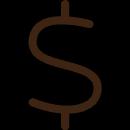
Increased Disposable Income
Global middle class expansion fuels demand for premium baby products.

Millennial/Gen Z Parents
Prioritize safety, sustainability, and convenience in their purchasing decisions.
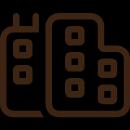
Urbanization
Increases access to diverse product offerings and the growth of online retail channels.
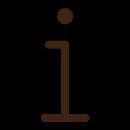
Parental Awareness
Greater access to information drives demand for specialized and high-quality products.
Emerging Trends Shaping the Market

The baby products market is rapidly evolving, driven by innovative trends that cater to modern parental values and technological advancements.
• Sustainability:60% of parents prefer eco-friendly and biodegradable options, such as bamboo diapers and organic cotton apparel, reflecting a growing environmental consciousness.
• Smart BabyTech:Adoption of connected devices like Nanit and Owlet monitors, and smart bassinets like Snoo, provides parents with realtime data and enhanced peace of mind.
• Personalization:Customized baby food subscriptions and bespoke clothing offer unique solutions tailored to individual needs.
• E-commerce Dominance:Online sales saw a 25% year-over-year growth in 2023, with convenient subscription models becoming increasingly popular for recurring purchases.
• Ingredient Transparency:A strong demand for "clean label" products free from harmful chemicals like parabens and phthalates.
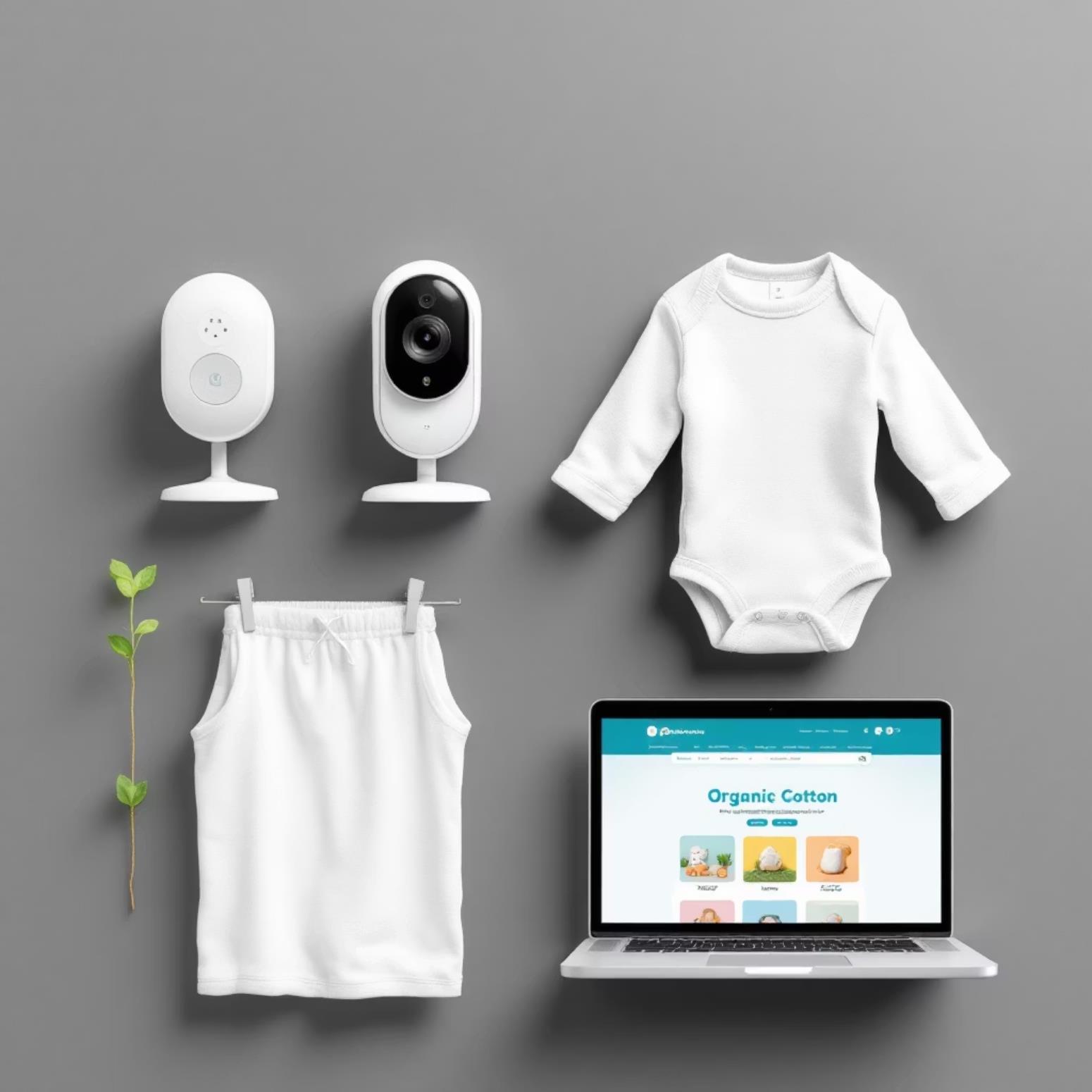

Competitive Landscape & Disruption
The baby products market is a dynamic arena with a mix of established players, agile direct-to-consumer (D2C) brands, and innovative startups.
Established Giants
• Procter & Gamble (Pampers)
• Kimberly-Clark (Huggies)
• Danone (Nutricia)
• Dominating traditional retail channels.
Retailer Private Labels
• Walmart's Parent's Choice
• Target's Up&Up
• Offering budget-friendly options and increasing market share.
D2C Brands
• The Honest Company
• Hello Bello
• Disrupting retail with direct sales and subscription models.

Consolidation & Innovators
• Increasing M&Aactivity for market share.
• Startups leveraging AI and IoT for novel baby solutions.

Future Outlook & Investment Areas
The future of the baby products market points towards significant growth in developing markets and continued technological integration.
Key Growth Regions
• Developing Markets: Asia-Pacific is projected to see a 7.5% CAGR, with substantial growth opportunities in China and India due to large populations and increasing disposable incomes.
Technological Integration
• Further advancements in AI-powered monitoring and personalized nutrition solutions are expected.
• Wearable tech for infants and smart home integration for nurseries are on the horizon.
Sustainability & Wellness
• Circular Economy: Growing emphasis on reusable products and robust recycling programs for baby waste, aiming to reduce environmental impact.
• Health & Wellness: Continued focus on gut health with pre/probiotics in formula, and an increase in natural and holistic remedies for common infant ailments.
Strategic Collaborations
• Partnerships between tech companies and baby brands will drive innovation and expand market reach.


Regional Market Analysis
The baby products market exhibits diverse growth patterns across different regions, influenced by unique demographic trends, economic conditions, and cultural preferences.
Asia-Pacific
Leading the global growth with a projected 7.5% CAGR, driven by high birth rates and increasing disposable incomes in China and India. Urbanization and a rising middle class are key factors.
North America
A mature market characterized by demand for premium, organic, and smart baby products. E-commerce dominance and D2C brands are significant.
Europe
Strong emphasis on sustainability, natural ingredients, and strict safety standards.Innovation in eco-friendly products and personalized solutions is prominent.



Latin America
Emerging market with increasing urbanization and a growing middle class, leading to higher demand for diverse baby products.
Conclusion: Nurturing Growth in the Baby Products Market
The baby products market presents a resilient and dynamic opportunity with strong fundamentals and immense innovative potential.
Resilient Market
Strong fundamentals with significant potential for innovation.
Strategic Focus
Prioritize sustainability, technology, and consumer-centric solutions.
Investment Areas
Focus on D2C models and expansion into rapidly growing emerging markets.
Future Shaping
Opportunity to shape childcare through thoughtful product development.
Long-Term Success
Position for continued growth in a consistent sector.


